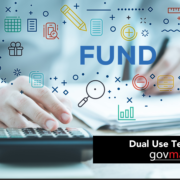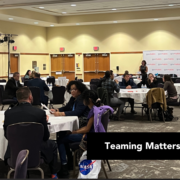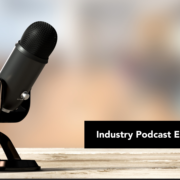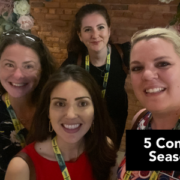Why Capital is America’s Differentiating Asset
-As shared by Katie Bilek
The December launch of the Office of Strategic Capital by Secretary of Defense Lloyd Austin is an initiative that seeks to harness the power of American capital markets in support of our national security. The role of private capital in US DoD projects is a differentiating factor in what can tip the scale in our admittedly precarious geopolitical stance.
For the last few decades, we’ve witnessed the gradual decoupling of the defense markets and commercial R&D. Our leaders and policymakers look back upon great historical examples of government and industry collaborating together – Skunk Works! IBM Research! Raytheon BBN! – where both government and private funds were leveraged to build incredible technologies.
At present, we lack that same level of collaboration and financial commitment from the private sector with government. Only the most basic understanding of economics is required to grasp why the average small business choses to pursue commercial work that generates higher margins in a shorter timeframe than defense work that could take years to secure (and additional compliance dollars to execute). Meanwhile, investment firms boast record fundraising levels, newly minted funds, and profuse amounts of dry powder ready to be put to use.
At a recent OTA educational event hosted by govmates and ATI | Advanced Technology International, we covered a key point that so many of these talking heads seem to be missing – the need for fund managers to generate returns for shareholders. Simply put, financial investors operate a business where returns to shareholders take priority – not national defense. While it can be a concurrent interest and one that they passionately support, financial performance dictates their existence, period.
America has the most robust capital market system in the world. We have regulatory bodies who are increasingly willing to intervene in the interest of national security (i.e., the potential delisting of Chinese ADRs). We have infrastructure and distribution channels that enable all types of investors – from institutional to retail – to deploy capital and engage in the financial markets. We have technological advancements that bring heightened levels of transparency and transactional speed. And we have the dependable appetite for returns that will always drive investors to seek that next opportunity.
My career on Wall Street gave me a front-row seat to the extreme velocity and volume of capital in our financial markets. Capital can support the creation of new products, facilitate entry into new markets, provide the currency for acquisitions, and so much more. Capital – simply put – is an asset unmatched by other nations. It is time that the DoD learned to harness its transformative power to support the mission in a way that can benefit us all.













